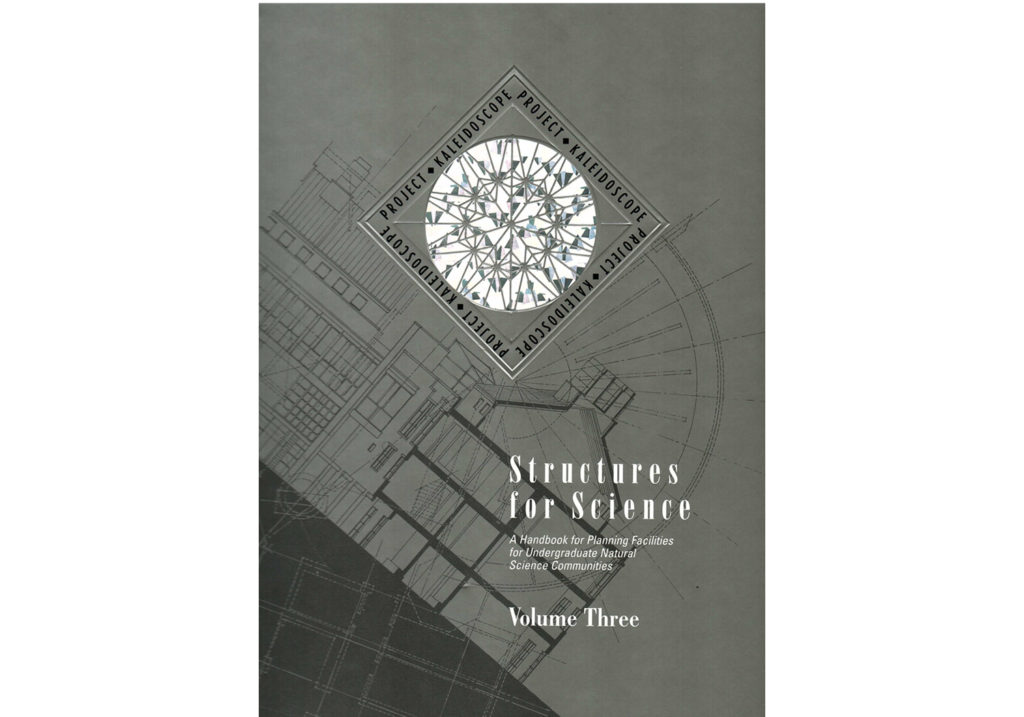From the Archives:
The major print publication on learning spaces planning developed under the aegis of Project Kaleidoscope (PKAL) was PKAL Volume III: Structures for Science— A Handbook on Planning Facilities for Undergraduate Natural Science Communities. The central theme throughout the handbook is that planning spaces for learning is a community-initiative, one engaging different players at different stages of the process—from within and beyond the campus.
For many faculty (and perhaps some administrators) it may be the first time for substantive and critical engagement with architects and other design professionals who will be responsible for translating your visions and ideas into physical reality. Thus, as architects come to understand the language of learners and learning communities, academics should be comfortable with language from the design professional community.
Here, from Volume III, is the Client’s Bill of Rights and Obligations, outlined from the perspective of an architect. You have the right:
- To participate, to act on your own behalf. There can be no surrogates. With this right comes the obligation to ask intelligent questions.
- To be informed and to understand. An architect must be able to explain a project, functionally, socially, and aesthetically, in clear and comprehensible language. With this right comes the obligation to educate and organize yourself about your needs and preferences, hiring advisory help if necessary.
- To like and to dislike, especially the latter. (Clients have a right to be pleased with what they pay for.) With this right comes the obligation to be articulate about what you want and why you want it. The more an architect understands a client’s preferences, the easier it is to design and serve them well.
- To get good value in service and in building. There should not be wasted resources. With this right comes the obligation to pay fairly and reasonably, for the service and for the building. (Nothing comes for nothing…but in today’s world if everyone is not vigilant, you can easily get “plenty-of-nothing” for lots of something.”)
- To architects with good ideas. They should be sympathetic to your aims and objectives. With this right comes the obligation to decide intelligently. The richest experiences and best results grow out of an intelligent cooperative dialogue between professional and client.
Further thoughts from Jeanne L. Narum:
At some point in planning learning spaces, individuals and committees representing the campus community work closely with design professionals to determine the character of the spaces. What works is when campus communities come to this engagement with design professionals with a vision of robust learning, given your institutional context and with a carefully thought-through understanding of how the users of these spaces will experience them. Design professionals can then be more creatively engaged. Communication is key to success in shaping and reshaping learning spaces. All must be open to sharing new ideas, willing to debate and negotiate, to learn a common language for discussing why space matters to learning.

